WHY WASTE ?
WASTE STATISTICS
Types of pollution
Waste resources
Waste Stats & Historical Data
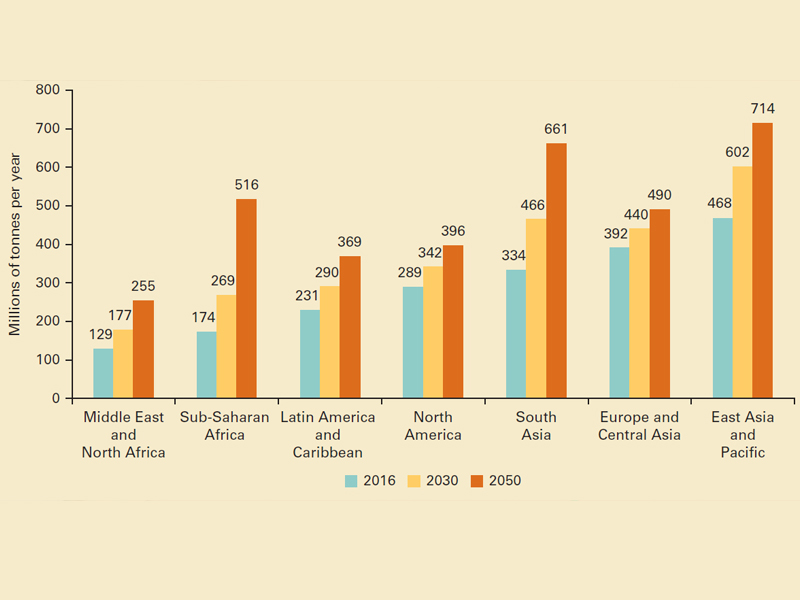
Amount Of Waste
The world generates 2.01 billion tonnes of municipal solid waste annually, with at least 33 percent of that—extremely conservatively—not managed in an environmentally safe manner. Worldwide, waste generated per person per day averages 0.74 kilogram but ranges widely, from 0.11 to 4.54 kilograms.
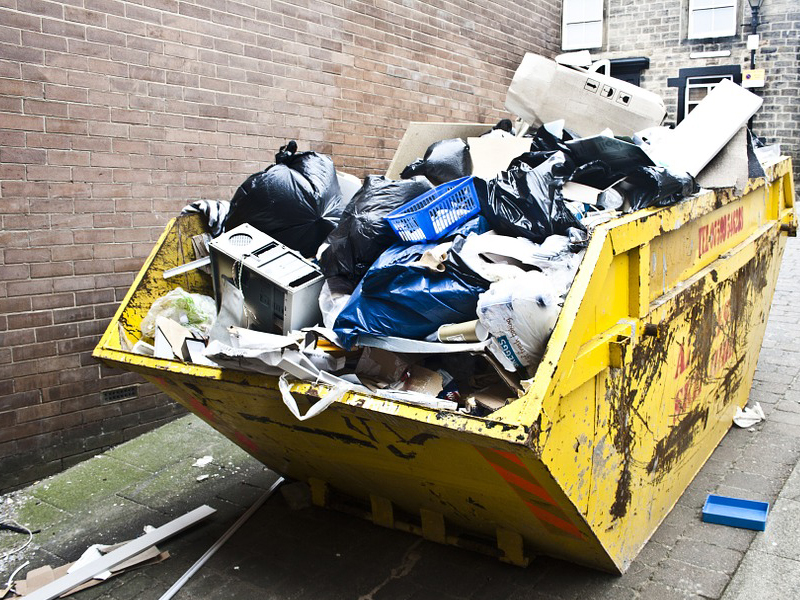
Leading In Waste
Developed countries consume more than 60% of the world industrial raw materials and only comprise 22% of the world’s population.As a nation, Americans generate more waste than any other nation in the world with 4.5 pounds (2.0 kg) of municipal solid waste (MSW) per person per day, fifty five percent of which is contributed as residential garbage.
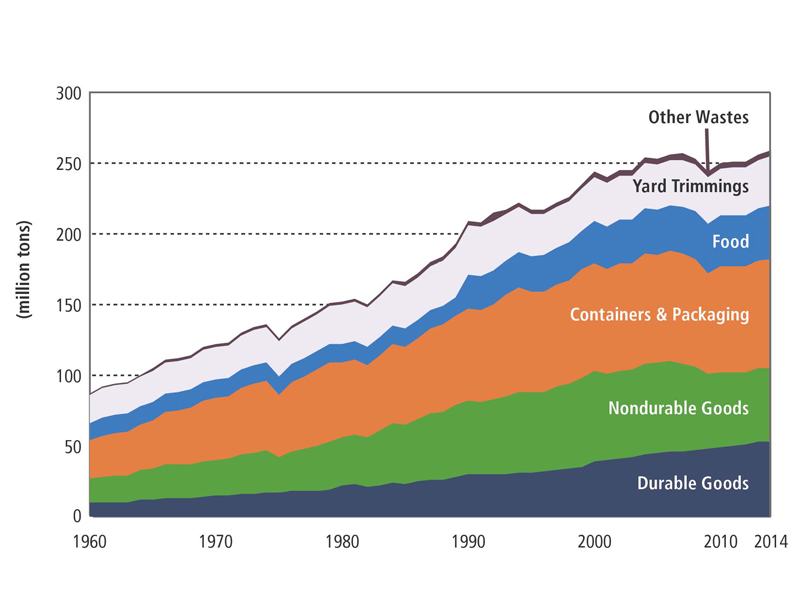
Sources of Waste
Sources of waste can be broadly classified into four types: Industrial, Commercial, Domestic, and Agricultural.Industrial Waste. These are the wastes created in factories and industries.Commercial Waste. Commercial wastes are produced in schools, colleges, shops, and offices.Domestic Waste.
Types Of Pollution
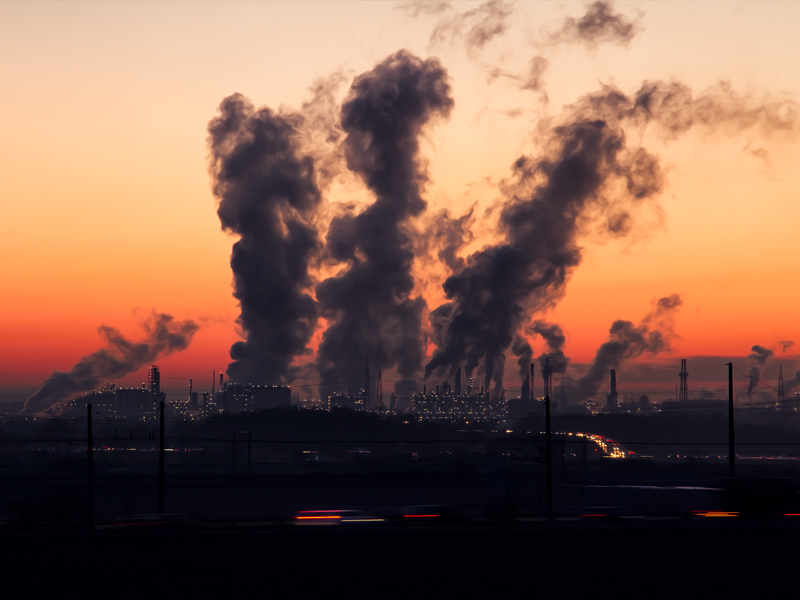
Pollution Means
Pollution means-blaming fault in natural equilibrium. Not getting pure air, getting pure water, getting pure food, or getting a peaceful environment. There are many types of pollution! Major pollution – air pollution, water pollution and noise pollution.
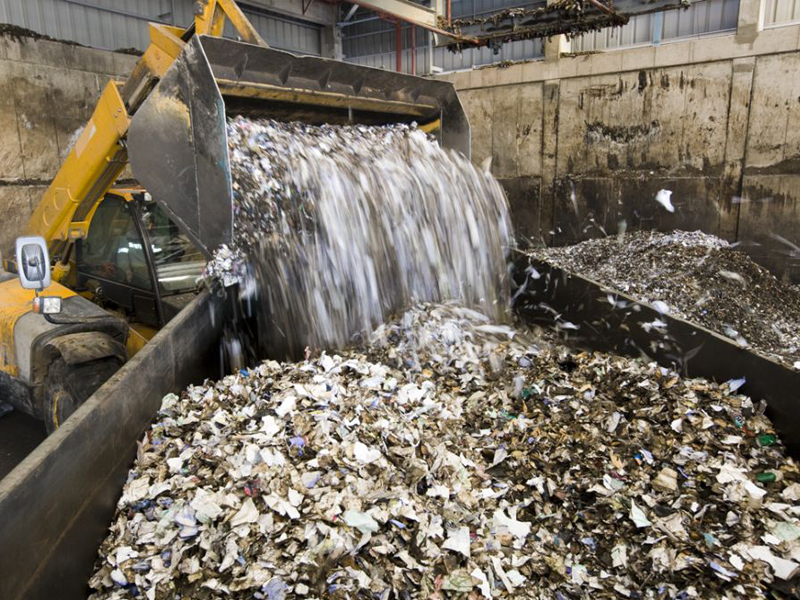
Major Types of Pollution
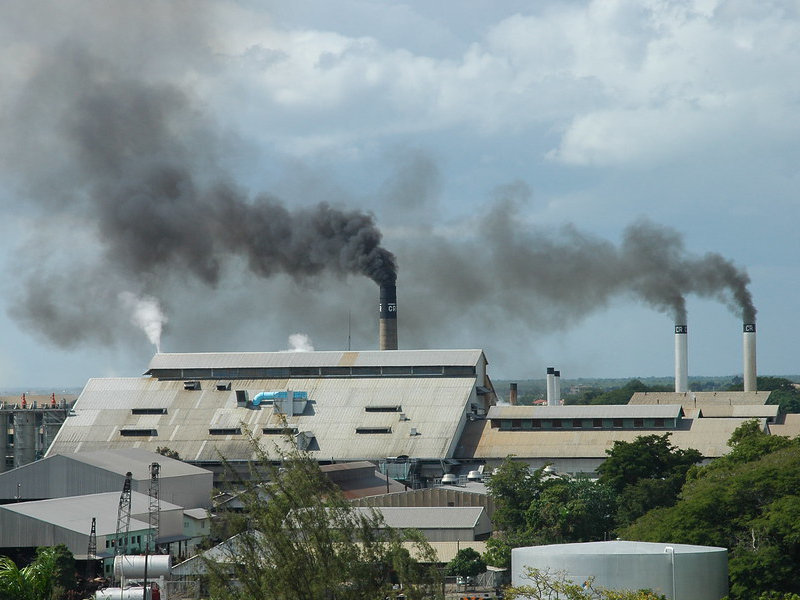
Reduce Pollution
Take these Extra Steps to Reduce Pollution:Reduce the number of trips you take in your car.Reduce or eliminate fireplace and wood stove use.Avoid burning leaves, trash, and other materials and Avoid using gas-powered lawn and garden equipment.
Waste As a Resources
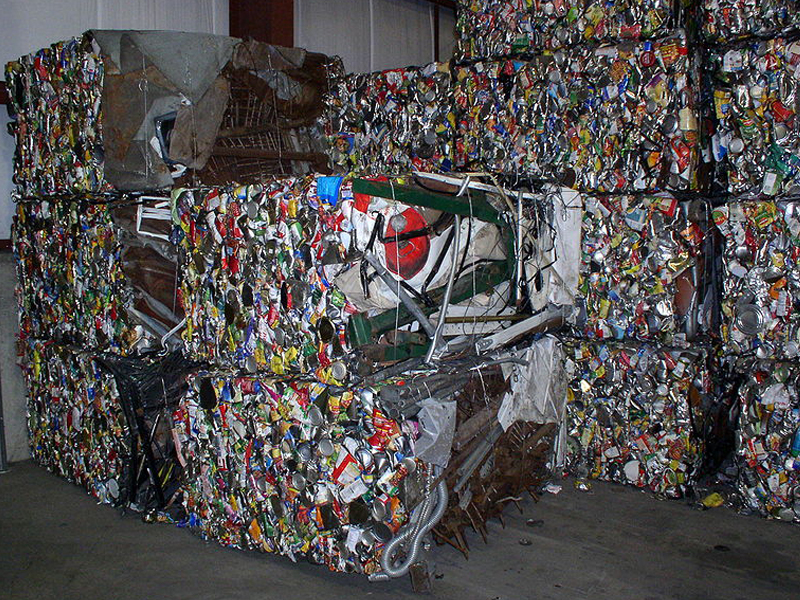
Using As a Resource
Energy from waste can be used to produce heat or electricity, which might then replace the energy produced using coal or other fuels. Energy recovery of waste can thus help reduce greenhouse gas emissions. Recycling can help even more to lower greenhouse gas emissions and other emissions.
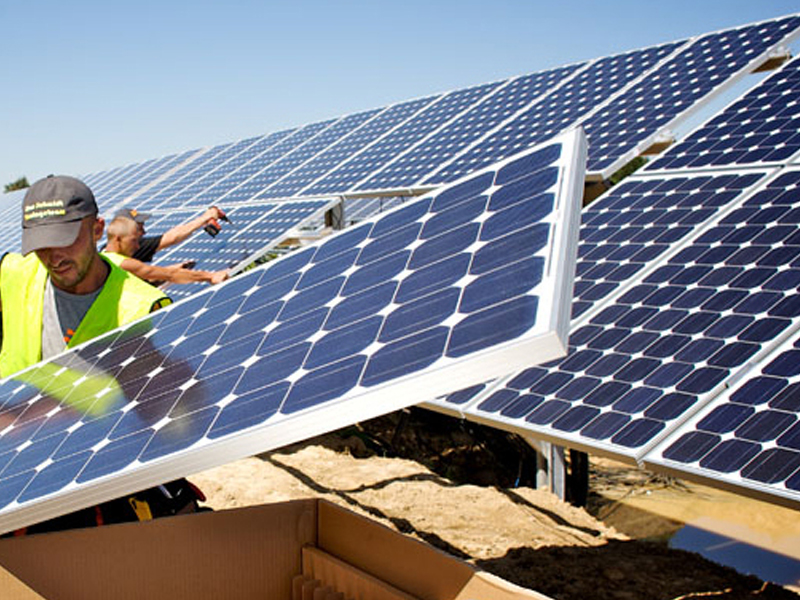
Resources Mean
Resource recovery is using wastes as an input material to create valuable products as new outputs. Plastic, paper, aluminium, glass and metal are examples of where value can be found in waste. Resource recovery goes further than just the management of waste.
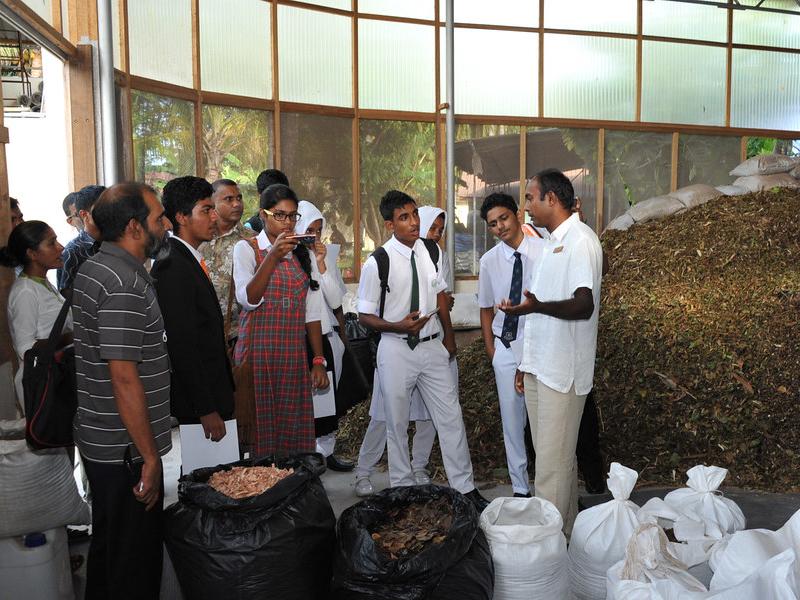
Primary Sources
Sri Lanka is using three primary sources: thermal power (which includes coal and fuel oil), hydro-power, and other non-conventional renewable energy sources (solar power and wind power).Also include biomass energy (such as ethanol), Biomass refers to organic material from plants or animals
